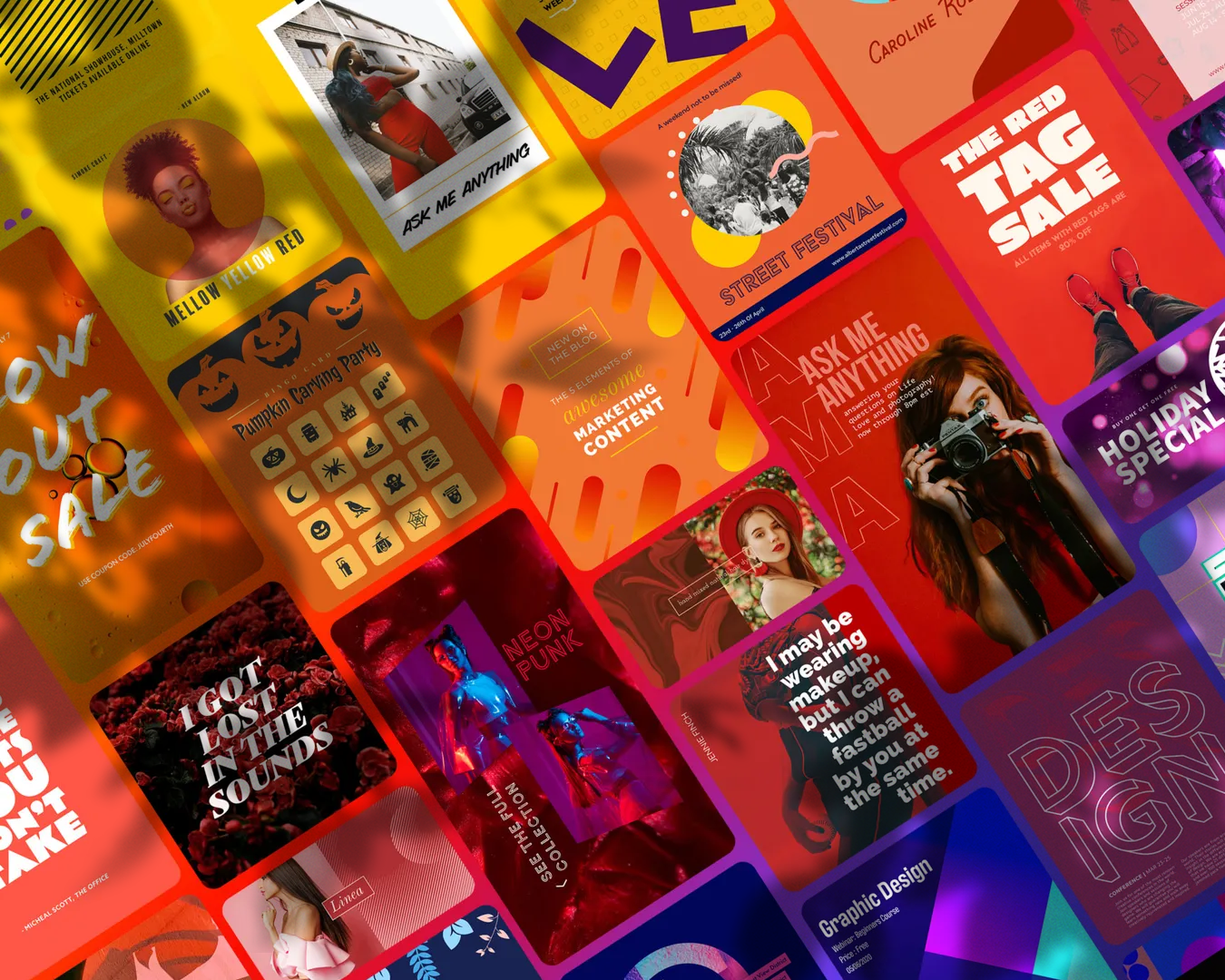Graphic Design Portfolio Checklist

Graphic Design Portfolio Checklist. Before you turn your hard work into a sleek package that captures your creative skill, you need to know what you want to include. Take the following steps to create the best portfolio:
- Curate your best work
- Include a case study
- Choose the right platform for your online design portfolio
- Show your personality
- Spread the word
Let’s address them one by one.
1. Curate Your Best Work

Even if you’re a beginner freelancer or just want to showcase some personal projects, you’ve probably come a long way in advancing your design skills. But your design portfolio is not a visual autobiography of your past design projects.
It’s more like a business card combined with a movie trailer — so spotlight all the visual jaw-droppers. Make sure to show off your personal brand. You’ve got just a few seconds to grab the attention of the viewer and make them want you and only you. Don’t miss your chance.
Ruthlessly edit your designs and select 15 to 20 of the very best representations of what you do, including your most high-profile designs, if you deem them worthy. Make sure to demonstrate your versatility and the kind of work you are capable of.
Now take another look at your curated work. Do all of your selected images represent the style or styles you want to be known for? Are there any outliers? If so, ditch them.
Think of it this way: you’re crafting your brand identity and telling creative people who you are. If your style is anime and you want to become known for anime, that Costco banner ad you designed isn’t going to do you any favors. So, unless you’re all about anime and random banner ads, less is more.
The same goes for the types of design you are comfortable championing. Are you into letterpress, psychedelic 1960s hand lettering, book layout, website design, logo design, package design, video animation, or all the above? Let potential clients know the breadth of your abilities in your creative portfolio.
Whatever you choose to help visually define your design style and skills, consider limiting your selection to about 15 designs so they make a bold visual statement on your behalf.
2. Include a Case Study

Clients want to see how you address the design challenges put in front of you and what your design process looks like. Give them what they want!
Using a past project that you are particularly proud of, briefly explain the project assignment, then show how you got from the beginning (the assignment) to the end (the final deliverable). Include some of the sketches, screenshots, or other works-in-progress iterations that led up to the completed work. Use those design skills to lay them out in a thoughtful way.
3. Choose the Right Platform

The most obvious choice for an online design portfolio is a graphic design portfolio website. As you saw with the examples above, some are created as one webpage and some are multiple-page portfolio sites. The best design for you depends on how much information you would like to feature and how you would like to lay it out.
As you consider your options, ask yourself which of the following you’d like to include:
- A single landing page showcasing your designs, or multiple pages, each highlighting different skills
- Your name, your business name, or both
- Contact information or a full contact page complete with contact form
- A full About Me page with your design philosophy or a simple photo and bio
- A succinct list of your past clients or an elaborate digital resume listing everything from past employers to your experience with web design, typography, HTML, and more (get a full digital resume template here)
- Other images that tell more about you (e.g., a peek into your workspace or design studio, your desk, you baking or paragliding)
- A shop selling prints of your designs or other handmade items
- Testimonials
- Links to your social media accounts (more on this later)
- PDF portfolio download (more on this later, too)
For a quick start, try Adobe Express’s free e-portfolio website template. Adobe will host your portfolio for you, so you can literally build a portfolio in minutes. You’ll see the page template in action when you land on the e-portfolio creation page. Scroll to the bottom to make your own beautiful portfolio.
Adobe Express features a plug-and-play way to craft a totally polished, extra-sexy one-page website featuring in-line images, parallax scrolling, full-width images, windows, website links, videos, “photogrids,” and more.
A multipage website requires more time and thought. Fortunately, it’s easier than ever to bootstrap web development and act as your own web designer. Explore popular options, then make sure you design it to be clean and organized for easy navigation.
4. Show Your Personality

Once you’ve amassed all the elements of your portfolio and laid them out in a digital format, step away from it for a day or so, then return and review your portfolio design. Have you given the art direction your best effort? If so, it’s time to give it the final polish by making sure your personality comes through.
It’s not just your designs that showcase your personality. It’s the words you use to describe yourself and your work, the fonts and colors you choose, your profile or other images you feature, and other little touches that hint at who you are. You’re selling yourself as much as you’re selling your work, so make sure there’s a good sprinkle of you in your portfolio.
Now, the grand finale: Give your portfolio a final proofread for errors. You don’t want one of your suggested personality traits to be “sloppy”!
4. Spread the Word

Once you have completed your portfolio, it is time to get it out into the world. While keywords can help with SEO (Search Engine Optimization) so you surface in design-related search results, social media is also a fantastic way to share your visual talents. In fact, sites like Instagram, LinkedIn, and Pinterest can easily act as mini portfolios that can carry your standout designs around the world and put them in front of potential clients you do not even know exist.
If you have not already, maintain social media accounts for your design business, and differentiate them from your personal account. While clients want to get a sense of your personality, these accounts are the places to feature your designs, latest projects, and talents. So, curate accordingly, and sprinkle in the types of personal insights, passions, and activities that will help bolster the professional image you want to cultivate. Even if your portfolio site is serving as a place to showcase your personal projects, make sure to share your own portfolio as widely as possible.
Finally, create a PDF portfolio. It’s important that potential clients have offline access to your work. Keep one on your hard drive or desktop, make it downloadable from your site, or both.
Once you’ve done all of the above, you’re armed with a pro portfolio. Congratulations! You’ve just made an important investment in your future.
As you continue to get new jobs and have new work to share, do not forget to update your portfolio. With the portfolio template nailed, updating it is easy.

